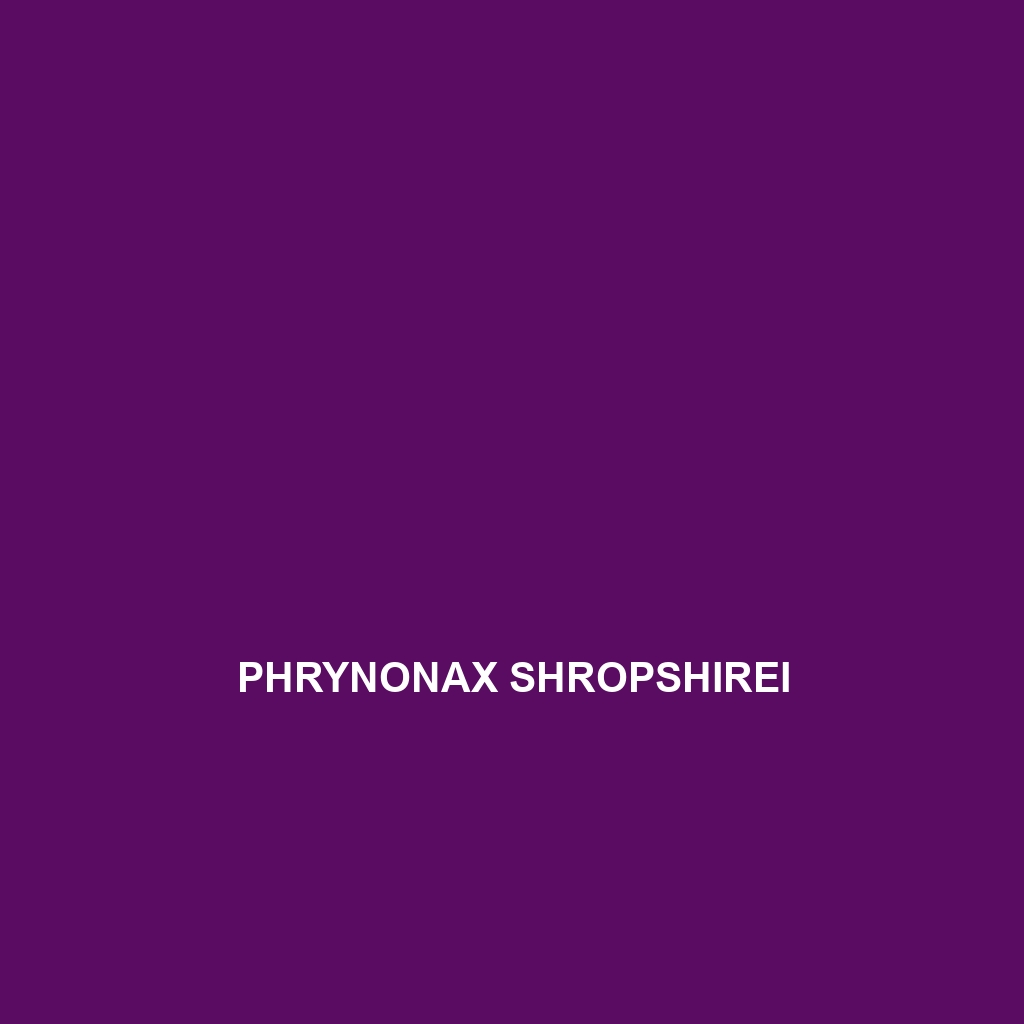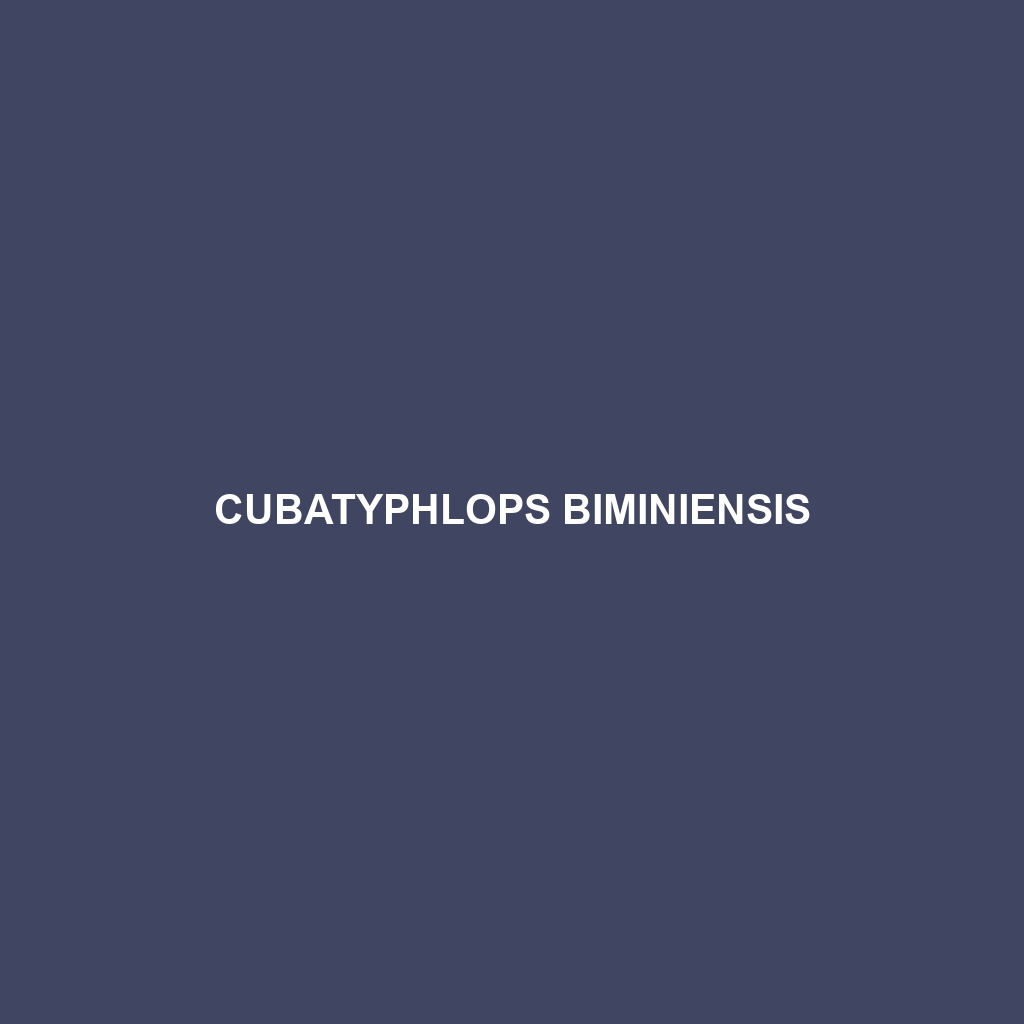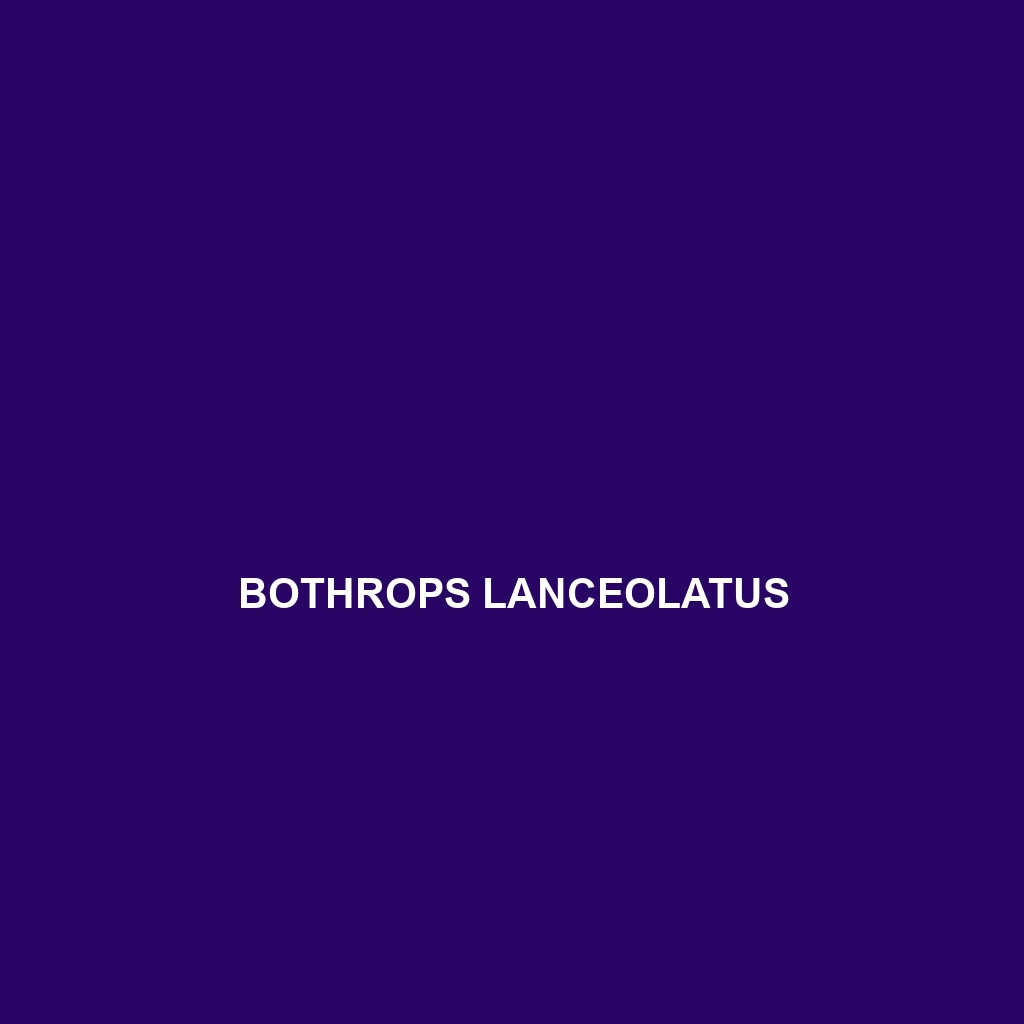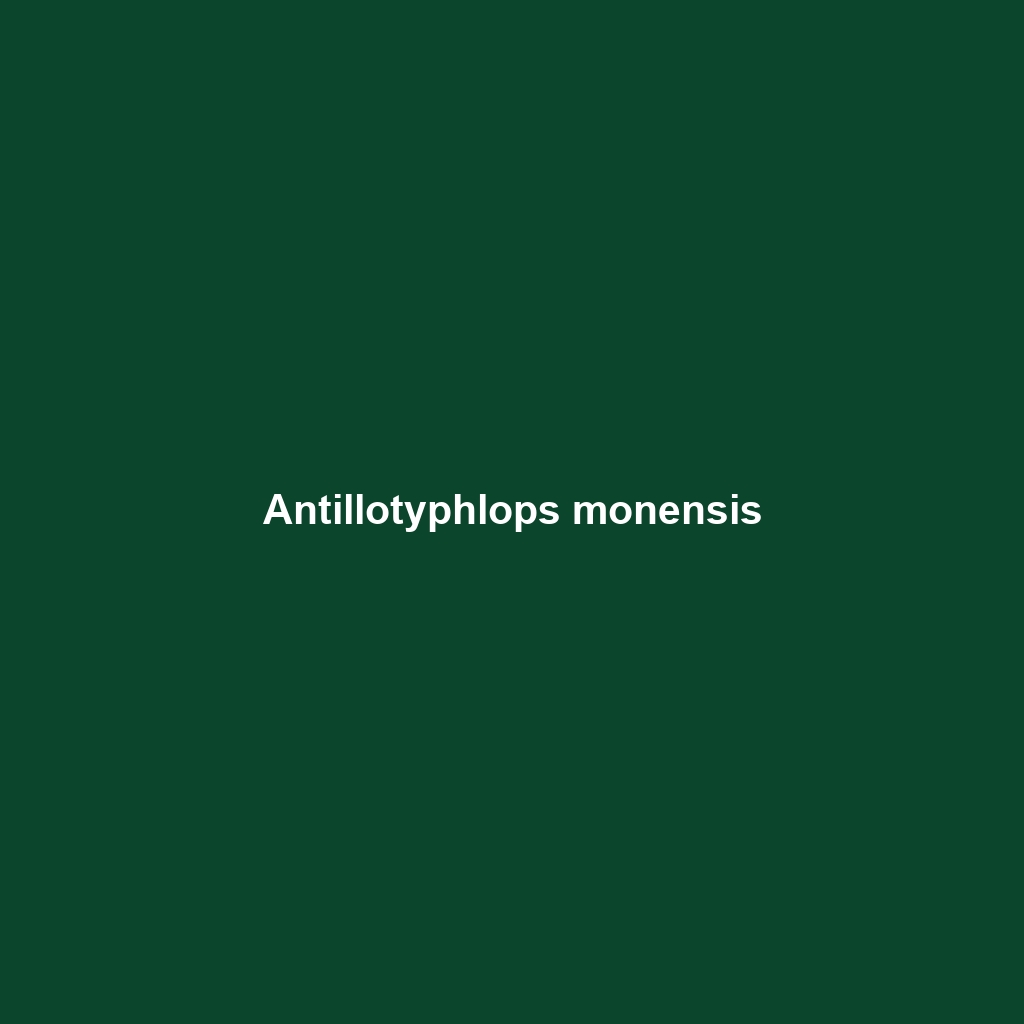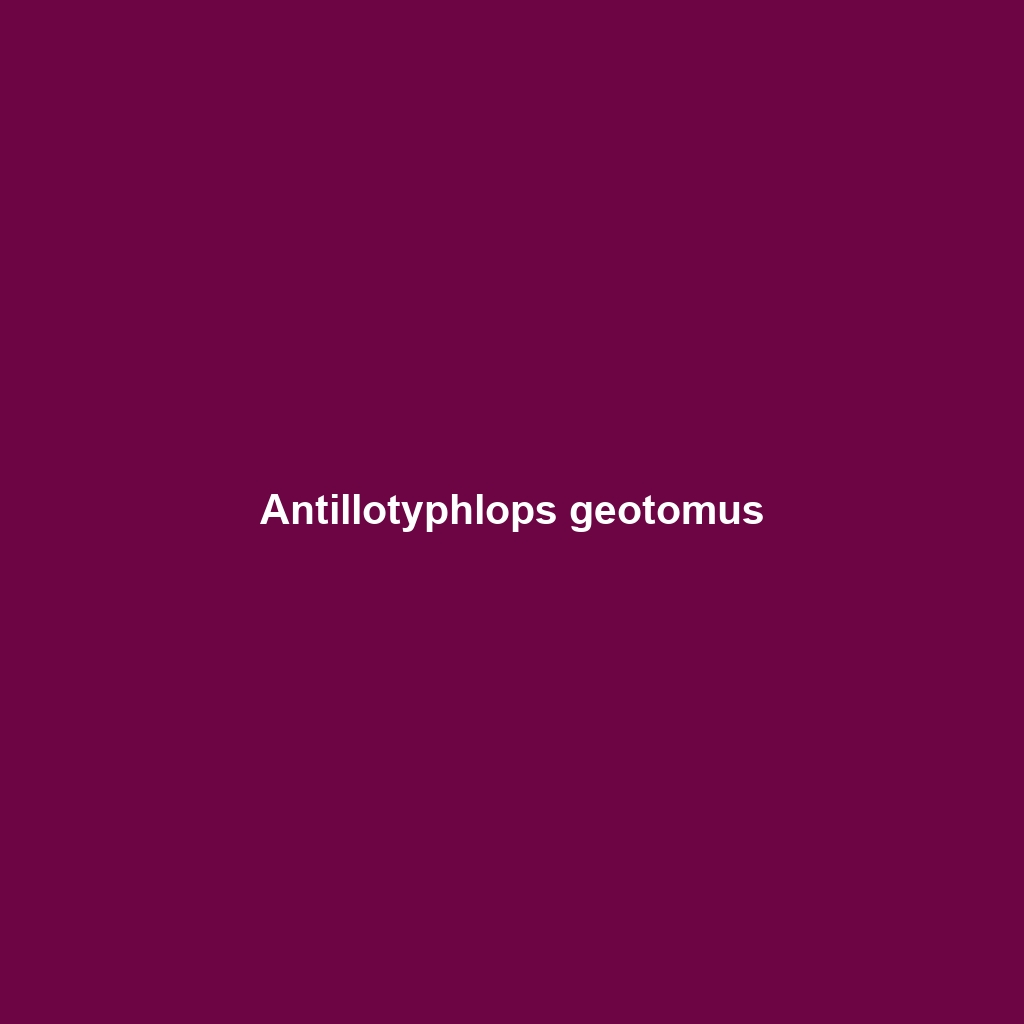Discover the Pseudalsophis elegans, or elegant snake, native to the Caribbean's coastal regions, thriving in tropical rainforests and marine habitats. This slender, nocturnal predator features distinctive olive-green or brown coloration, large eyes for low-light vision, and plays a crucial role in controlling small mammal and insect populations within its ecosystem.
Tag: Caribbean snakes
Pseudalsophis elegans
Discover the Pseudalsophis elegans, or elegant snake, native to the Caribbean's coastal regions, thriving in tropical rainforests and marine habitats. This slender, nocturnal predator features distinctive olive-green or brown coloration, large eyes for low-light vision, and plays a crucial role in controlling small mammal and insect populations within its ecosystem.
Phrynonax shropshirei
Introducing the Phrynonax shropshirei, a vibrant green snake native to tropical rainforests and subtropical savannas, renowned for its striking coloration, impressive length of up to 6 feet, and unique nocturnal hunting behavior. With a diverse diet and fascinating reproductive traits, this vulnerable species plays a key role in its ecosystem by maintaining balance and biodiversity.
Cubophis caymanus
Discover the Cubophis caymanus, or Cayman Racer, a medium-sized, non-aggressive snake native to the Cayman Islands, known for its striking dark brown or grayish-brown coloration and remarkable speed. This endangered species thrives in tropical coastal habitats and plays a crucial role in maintaining the ecological balance by preying on small reptiles and amphibians.
Cubatyphlops biminiensis
Cubatyphlops biminiensis, commonly known as the Bimini blind snake, is a fossorial species found primarily in the Caribbean, particularly the Bahamas. This vulnerable serpent, reaching lengths of 30 to 45 cm, is characterized by its smooth, cylindrical body, secretive behavior, and diet primarily consisting of small invertebrates, playing a vital role in natural pest control and soil aeration.
Chilabothrus subflavus
<p>The <strong>yellow-bellied boa</strong> (<i>Chilabothrus subflavus</i>) is a striking and adaptable snake native to the Caribbean, known for its impressive 2-meter length, distinctive yellow-bellied underside, and nocturnal, ambush-hunting behaviors. Currently listed as <strong>vulnerable</strong>, it plays a crucial ecological role while facing threats from habitat destruction.</p>
Bothrops lanceolatus
Experience the fascinating world of the Bothrops lanceolatus, or fer-de-lance, a striking venomous snake native to the tropical rainforests of Martinique. With its impressive camouflage, nocturnal hunting behavior, and vital role in the ecosystem, this species is both captivating and essential for maintaining ecological balance.
Antillotyphlops naugus
Discover the Antillean blind snake (Antillotyphlops naugus), a unique burrowing snake native to the Caribbean, known for its slender body, small non-functional eyes, and diet consisting mainly of small invertebrates like ants and termites. This fascinating species plays a critical role in maintaining insect population balance within its tropical forest, garden, and urban habitats.
Antillotyphlops geotomus
Discover the Lesser Antillean Blind Snake (<i>Antillotyphlops geotomus</i>), a fascinating fossorial species native to the Caribbean's tropical moist forests. Measuring 30 to 70 cm, this unique snake features a smooth, cylindrical body with reduced eyes, playing a vital role in controlling ant and termite populations while facing conservation challenges due to habitat destruction.


